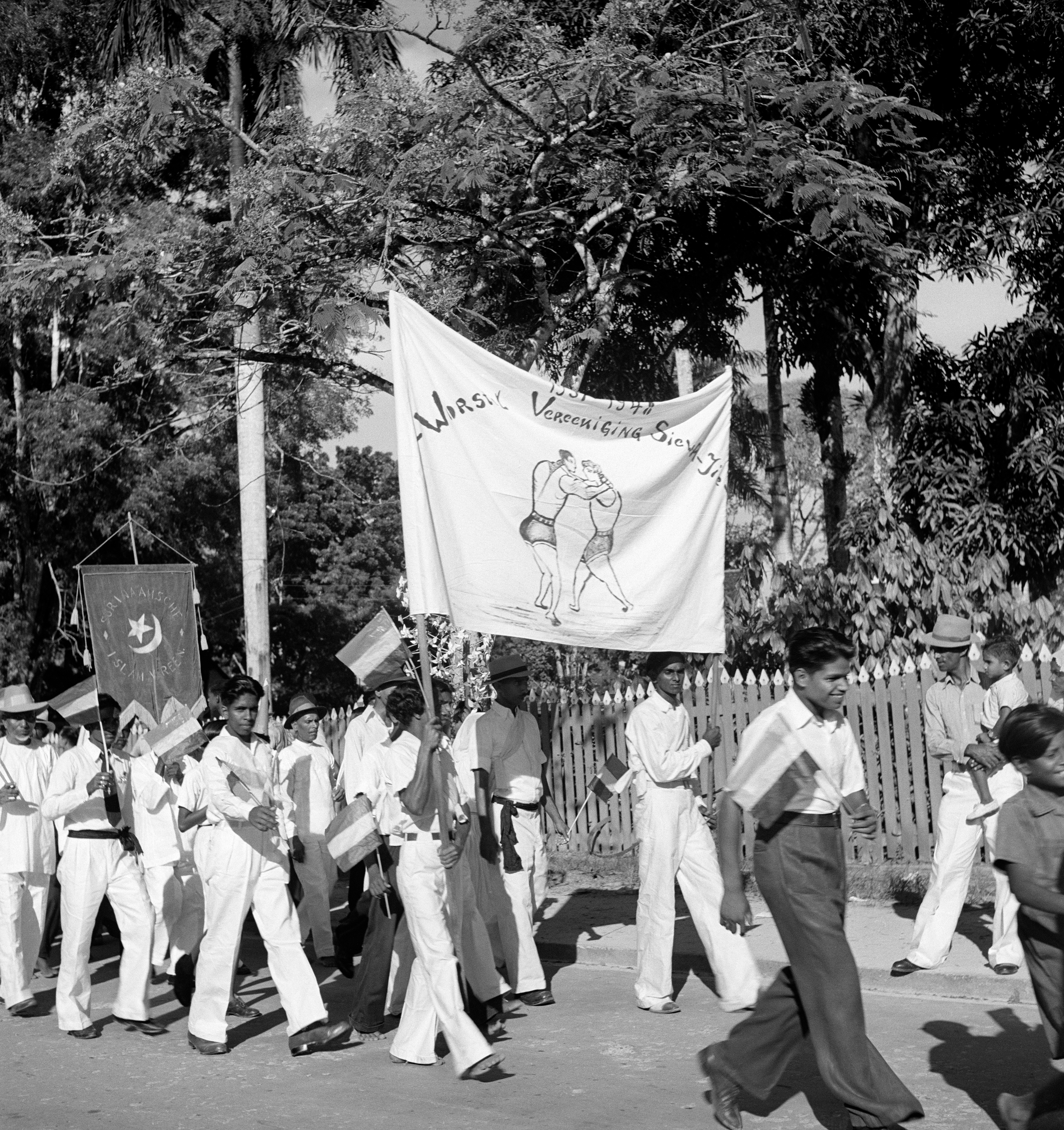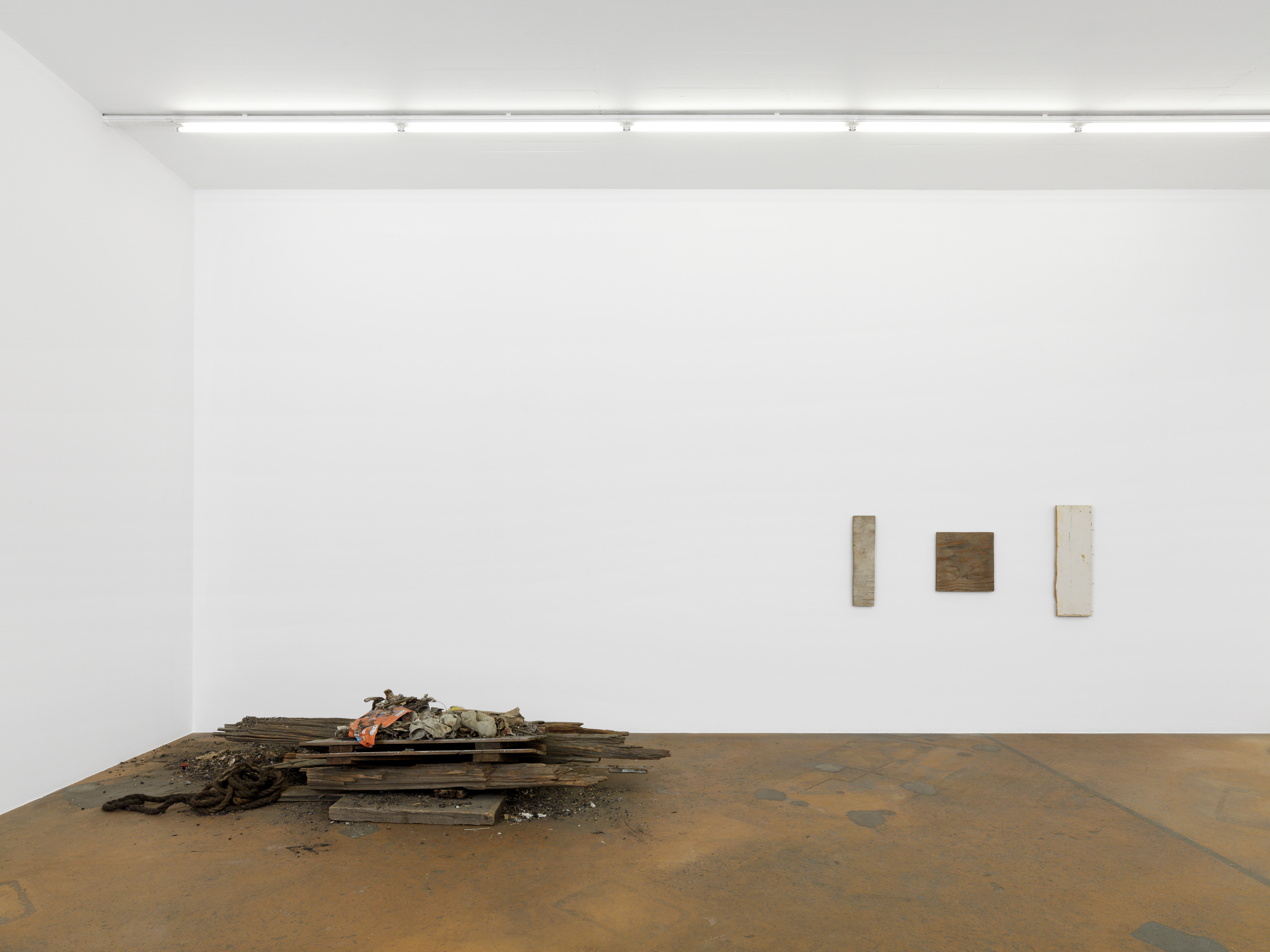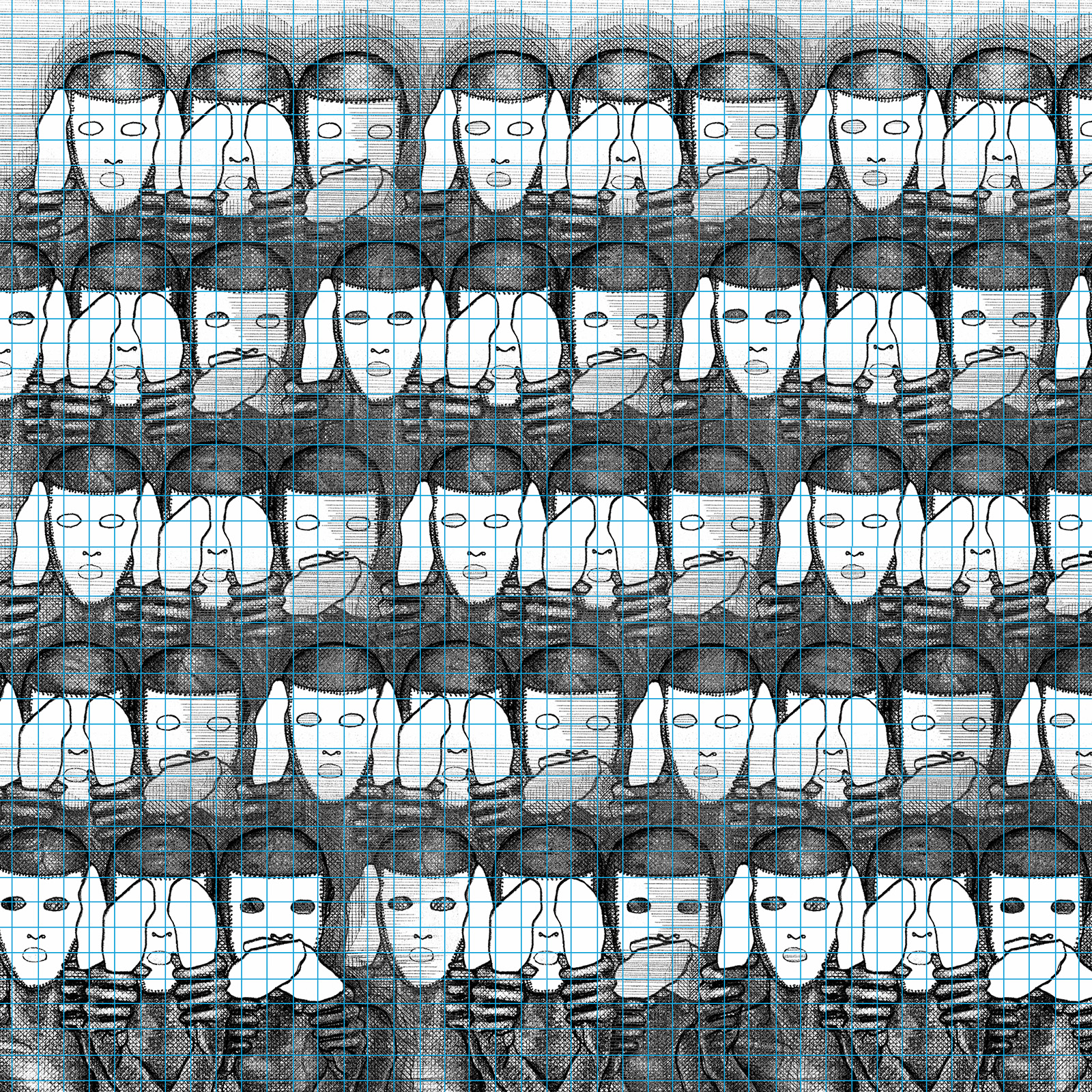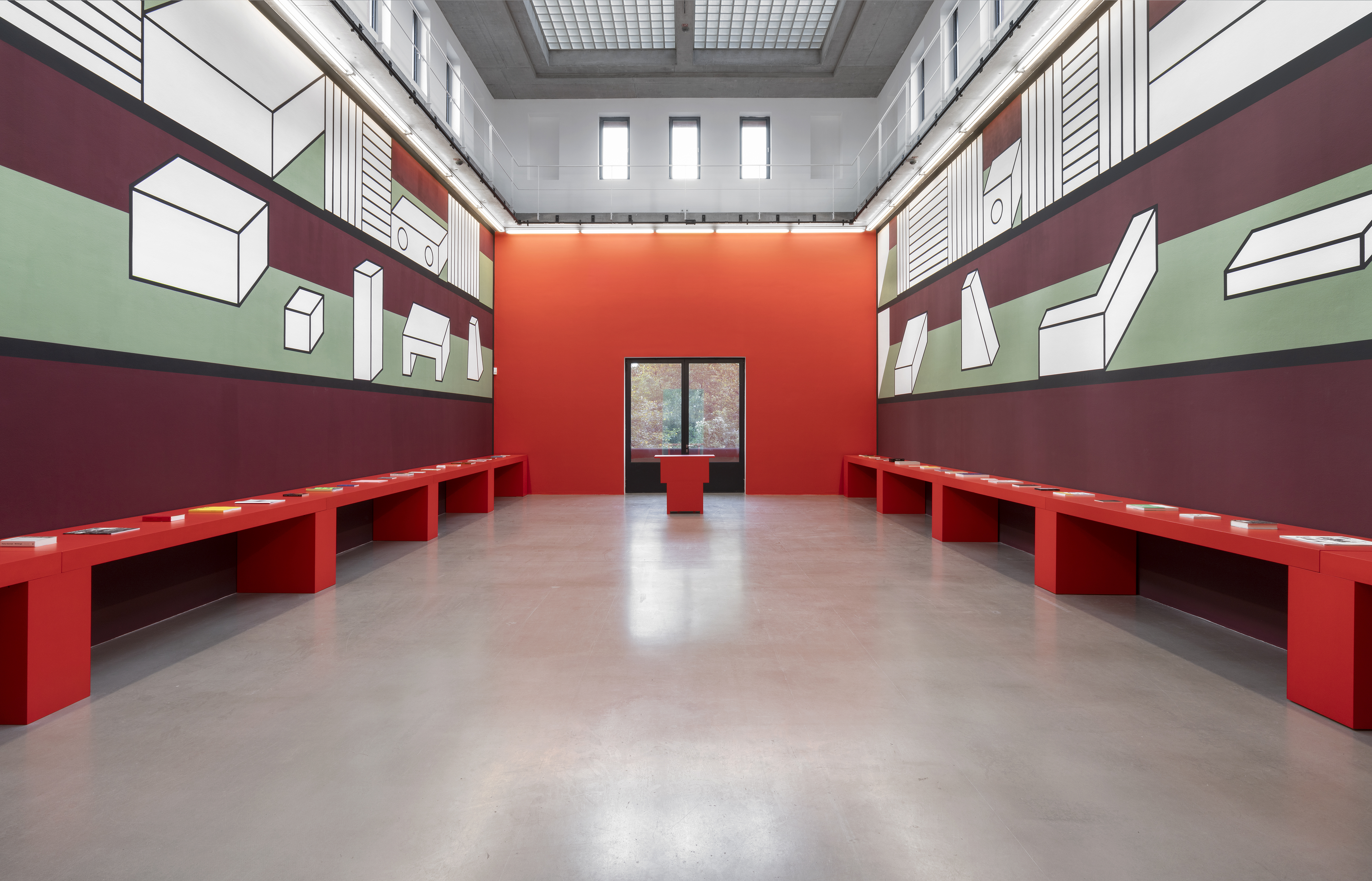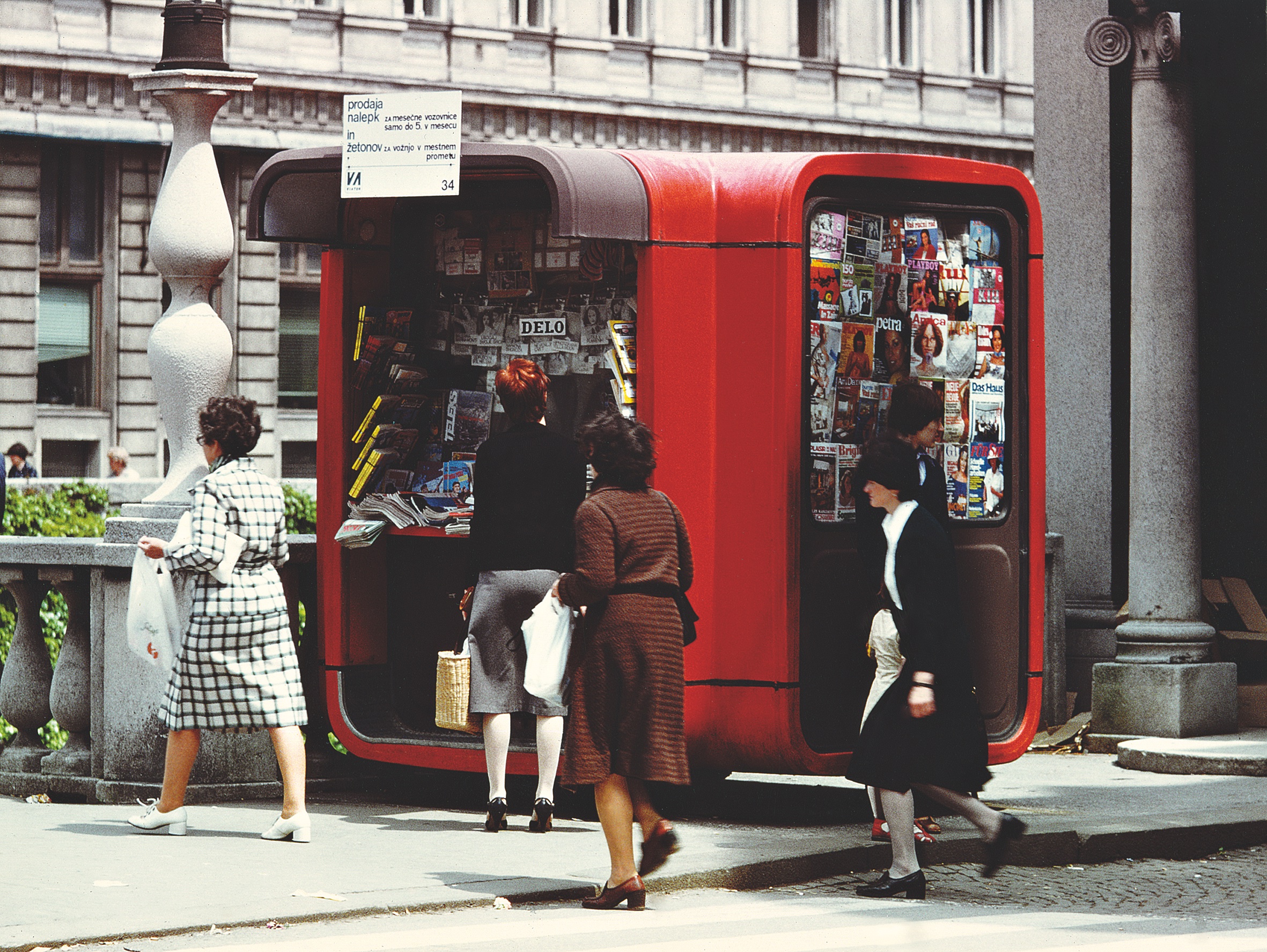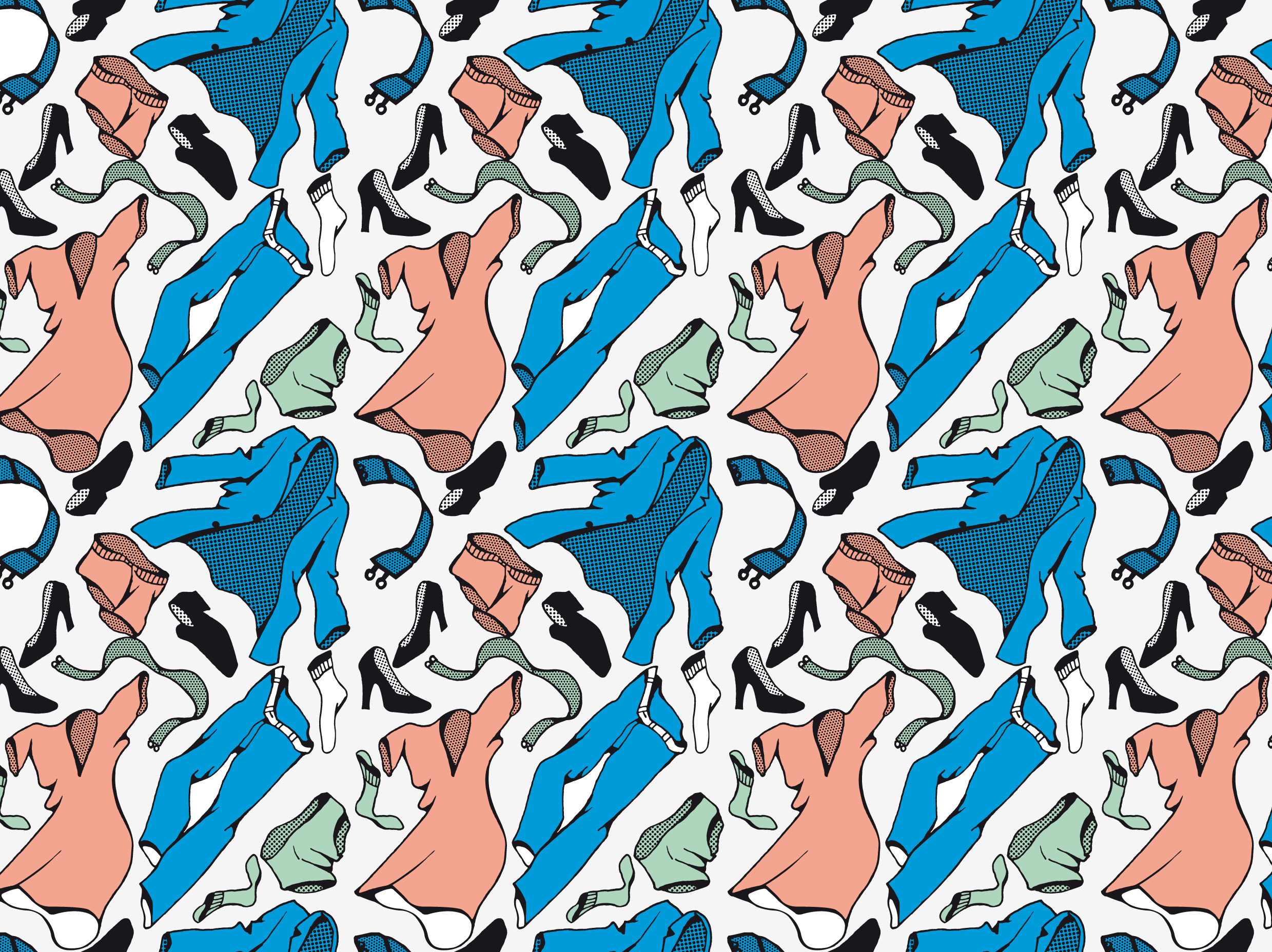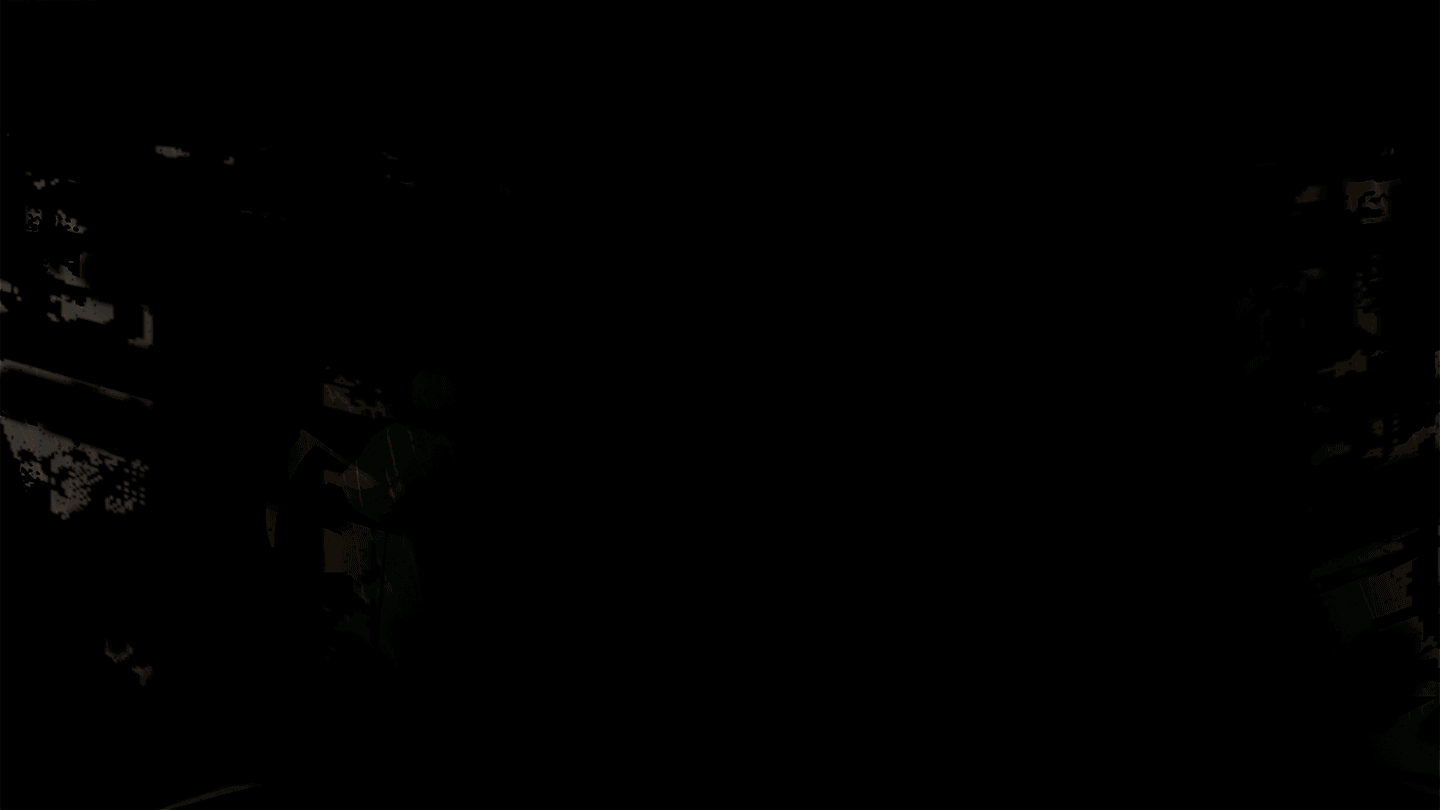Pierre Verger in Suriname
March 27–July 18, 2021
Frankfurt am Main 60594
Germany
Hours: Tuesday–Friday 12–7pm
Saturday–Sunday 11am–7pm
T +49 69 96244540
info@portikus.de
Portikus is pleased to announce Städelschule professor Willem de Rooij’s exhibition Pierre Verger in Suriname, on view until July 18, 2021.
In his work Willem de Rooij (1969, Beverwijk, Netherlands) reflects on the genealogy and reception of images, through artistic research and appropriation. He understands images as constructed connotative complexes, both in their modes of representation and how they are perceived.
The core of the installation Pierre Verger in Suriname is a suite of 257 images that were made by French photographer and ethnologist Pierre Verger (1902, Paris – 1996, Salvador da Bahia, Brazil) during his eight-day trip to Suriname in 1948. Verger began working as a travelling photojournalist in the 1930s. During his travels he became interested in the relationship between the cultures of the African diaspora and those of West Africa. When he settled in Salvador da Bahia in the late 1940s, he began to focus especially on Afro-Brazilian culture. Verger travelled to Suriname with his friend, the Swiss ethnographer Alfred Métraux. They visited the capital Paramaribo, where Verger photographed the city and the diverse groups that make up Suriname’s population: Amerindian, Creole, Hindustani, Javanese, Chinese, European. After that, they visited the village of Wanhatti, home to the Ndyuka, a Maroon people descending from West Africans who had escaped the plantations where they had been enslaved. Verger spent several days photographing Wanhatti’s inhabitants in their daily lives. He concentrated especially on the practice of religious rites, an interest that would eventually become the focus of his life’s work. Today these 257 images are archived in the Pierre Verger Foundation in Salvador da Bahia, which is housed in Verger’s former residence.
De Rooij’s work Pierre Verger in Suriname now makes this particular group of photographs accessible to a wider audience for the first time, through a new installation at Portikus and a publication. Accompanying the photographs are five newly commissioned essays that engage with the figure of Pierre Verger; as an individual, a photographer, and as a Yoruba priest. The essays also address the history and present of multiethnic Suriname, the hierarchies of the gaze, and the role of anthropology, both in Verger’s era and today. The book is published by Verlag der Buchhandlung Walther und Franz König and available in the Portikus’ bookshop. It contains essays by Karin Amatmoekrim, Ayrson Heráclito, Philippe Pirotte, Richard Price, Willem de Rooij, and Gloria Wekker.
In November 2020 an online conversation was held around the history of images made in and of Suriname and the place of Verger’s images within this collective archive. The discussion featured Angela Lühning, director of the Pierre Verger Foundation, Carl Haarnack founder of the archive and library Buku Surinamica, Amsterdam, and Willem de Rooij. Moderated by Oliver Hardt, filmmaker, Frankfurt/Main, the conversation was hosted by the Städelschule, and is on view on Portikus’ website.
Willem de Rooij mentors at Städelschule, Frankfurt/Main; Rijksakademie, Amsterdam; and BPA// Berlin program for artists, which he cofounded. He was a DAAD fellow and a Robert Fulton Fellow at Harvard. In 2005 he represented the Netherlands at the Venice Biennale together with Jeroen de Rijke, his collaborator from 1994 to 2006. Recent institutional solo exhibitions were staged at KW Institute for Contemporary Art, Berlin; IMA Brisbane; MMK Museum für Moderne Kunst, Frankfurt/Main; Le Consortium, Dijon, France; and the Jewish Museum, New York. Recent group exhibitions include the BDL Museum, Mumbai; the Hammer Museum, Los Angeles; the Jakarta Biennale, Indonesia; EVA International – Ireland's Biennial, Limerick, Ireland; the 10th Shanghai Biennale and Raw Material Company, Dakar, Senegal. Museum collections include Stedelijk Museum, Amsterdam; mumok, Vienna; Hamburger Bahnhof, Berlin; Centre Pompidou, Paris; MoMA, New York; and MOCA, Los Angeles.
Director: Yasmil Raymond
Curators: Christina Lehnert and Philipp Pirotte

